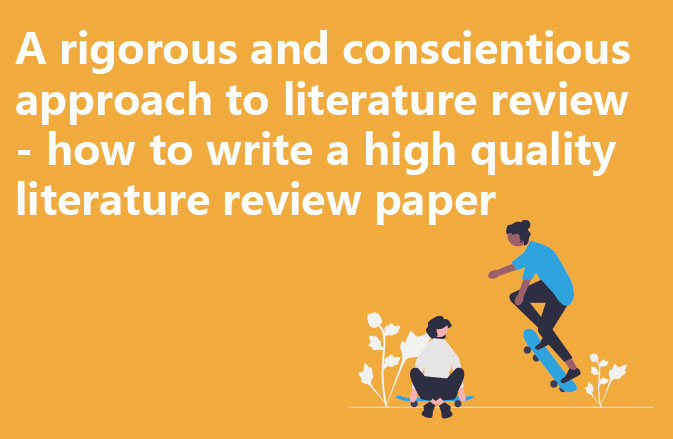A literature review is an essential part of writing when presenting cutting-edge research findings. However, many international students struggle with how to conduct an effective literature search and how to make the best use of these resources in order to develop novel and valuable ideas. To address this issue, this guide will provide some practical advice with examples to help you better master literature searching techniques and their application in drafting your dissertation.
1. Determine the objectives and positioning of the literature review:
First of all, the role of the literature review in the dissertation should be clarified. The literature review can not only help people gain an in-depth understanding of the progress of research in the relevant field, but also provide strong support for one’s innovative ideas. Therefore, before you put pen to paper, think about the following questions and plan accordingly: what kind of information you hope to obtain through the literature review; what ways you will use to present the insights gained; what is the ultimate goal, etc. Only by clarifying these key issues can you ensure that the whole process is well organised and rewarding.
2. Digging deeper into academic resources:
Literature search should not be limited to the original set of screening criteria, not only rely on traditional library databases and online repositories, but also make full use of officially published abstracts of major research institutions and public reports of related research. In addition, it is necessary to look further into the history of the field in order to obtain valuable information from it.
3. Define the basis for literature selection:
The selection of literature should be guided by one’s own needs, taking into account the potential links between different research questions in a more comprehensive way. Adopting a “critical perspective”, read the collected literature carefully to find out the meaningful connection points, so as to bring out more original ideas.
4. Properly address the components of the literature review:
The literature review should be composed of the following components: introduction, introduction to the subject study, introduction to the core variables, conclusion and outlook, and so on. Each of these components carries an important task. For example, it can be a very important step in the process to create a personalised working definition of a particular definition and concept by interpreting it in detail in the context of hofoss, considering it as a basic reference for one’s own research.
References:
[1]. Xu Zeyan. Freud and Psychoanalysis: Understanding the Development of Humanities[J]. Reading, 2006(8):79-80.
[2]. Magne. The colourful world of the rebel – the image of the new generation in contemporary young adult literature[J]. Youth Studies, 2009(5):14-21.




